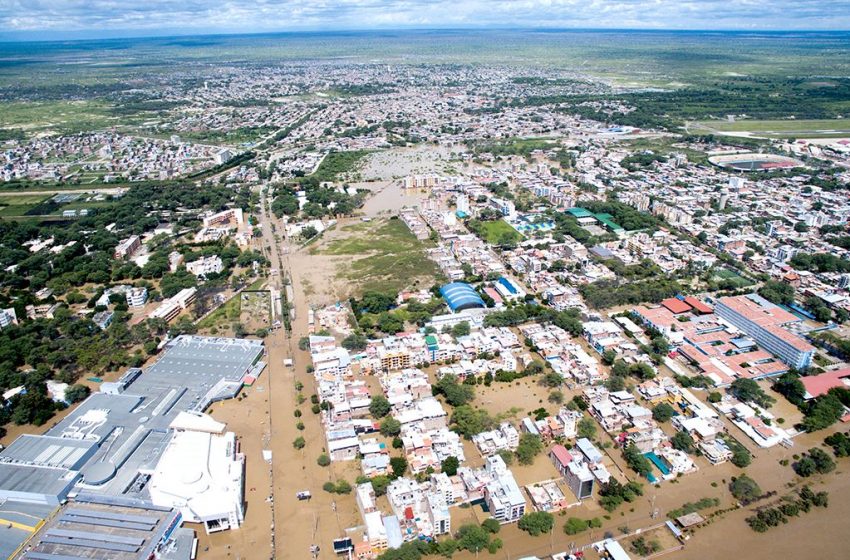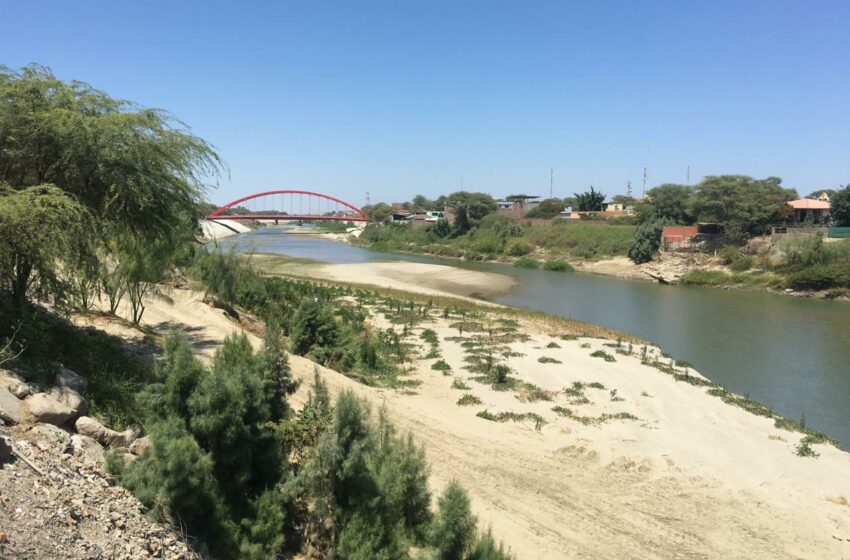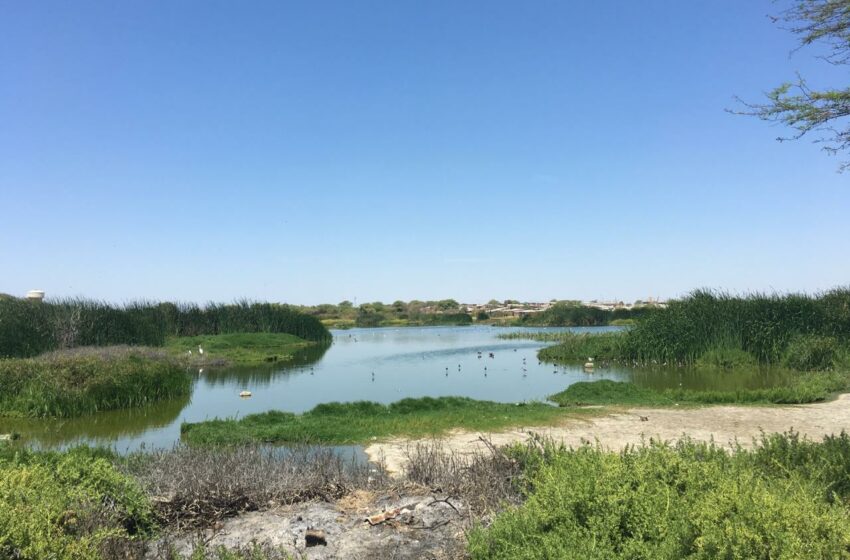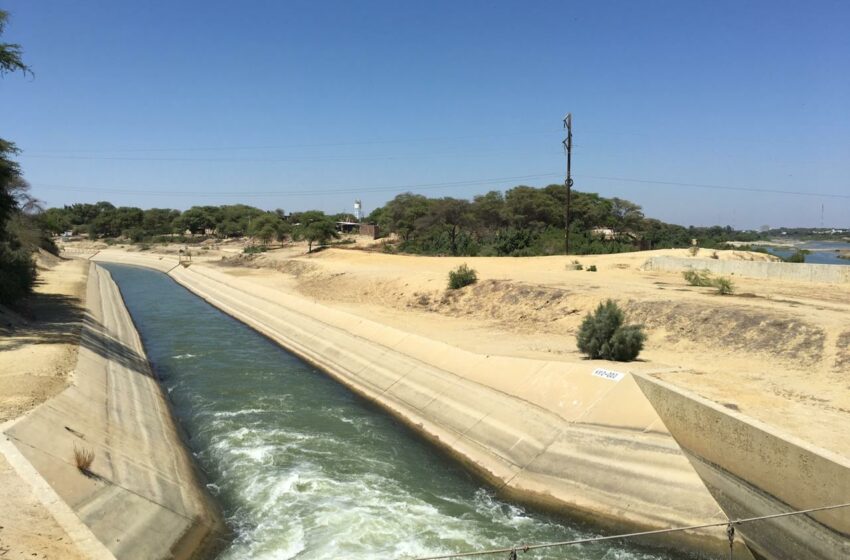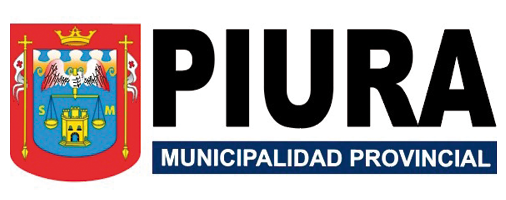Located in the northwest, Piura was founded at the banks of the Chira river in 1532 and therefore was the first Spanish city of today’s Peru. With 549,294¹ inhabitants it is the fifth biggest city in Peru and the capital of the Piura region. Rapid growth of the city and population as well as a lack of long-term urban planning strategies have led to the unregulated settlement in environmentally sensitive areas.
Due to its geographical location, Peru is particularly affected by the consequences of climate change, with extreme temperature fluctuations and irregular rainfall, as well as the melting of the Andean glaciers, which threatens the water supply. Piura in particular is exposed to El Niño and La Niña events that lead to floods and landslides. The city is vulnerable to rainfall because it does not have an efficient drainage system and because of the occupation of housing in risk areas (ravines, blind basins, etc.). In 2017, the river Piura burst its banks due to intense rainfall, leaving large parts of the city submerged for weeks with landslides killing and injuring numerous people and making large parts of the population homeless.
As climate change exacerbates extreme climatic events in terms of frequency and intensity, the city of Piura urgently needs adaptation measures and an improvement in its risk management in order to be able to react quickly to these events.
In Piura, MGI focuses on the urban planning, water and energy sectors in order to increase the resilience towards climate risks and to guarantee broad access to water and electricity.
The City Lab team consists of experts from Fraunhofer IAO (management and urban development), Fraunhofer ISI (energy), Fraunhofer IGB (water), Universität Stuttgart IAT and the local partners UDEP and City of Piura
¹549,294 habitants, Prognostication for 2020. (Piura, Castilla Oktober 26th), Information obtained from Special Bulletin N°- 26 INEI.


